There are a variety of motives for storing a vehicle for an extended period. A wintertime transfer down south, a foreign transfer, military deployment, bad winter weather, or even health issues may determine a need for long-term auto storage.
A car that is left idle for a prolonged period can develop issues, meaning that when you’re ready to use it again, it may no longer be ready to roll. Proper preparation and storage can save you from headaches once you are back in the driver’s seat.
When to Consider Storing a Car
Even if you are only going to be away or without the need for a car for a month or less, you should still consider storing your auto rather than just parking it on the street. If you’re going to be away for several weeks, minimal preparation is fine, but several months will require extra steps to protect your property.
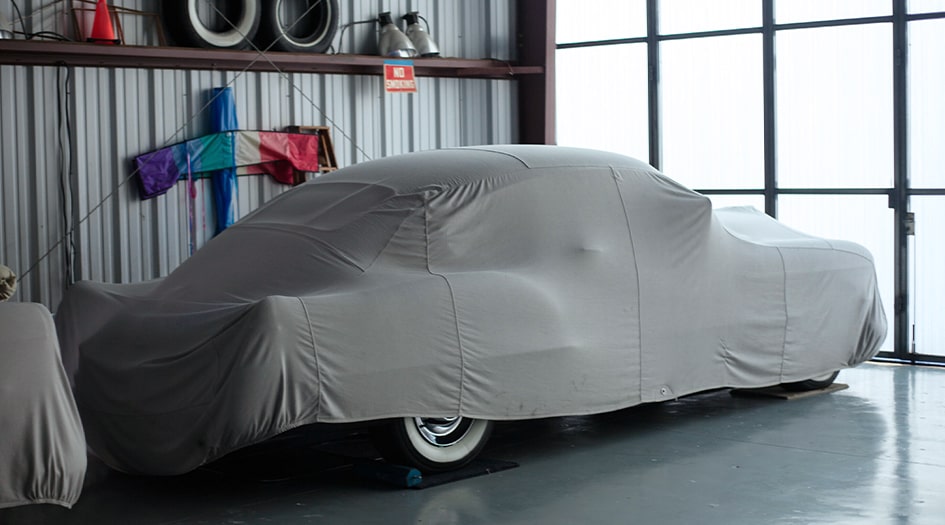
Preparing your auto for storage is essential to keeping it running, otherwise, you may return home to a flat tire, a dead battery, an animal under the hood, or engine problems. To preserve your car follow these basic steps.
1. Where to Store Your Vehicle
When you need to store a car, your first dilemma may be where. If you own or rent a garage, this is the ideal as storing your car inside will protect it from inclement weather and moisture that can cause rust. You can look for a storage unit that allows storing a vehicle or a public storage facility. Make sure the storage unit is properly equipped for auto storage to avoid any legal disputes should the car suffer any damage.
If parking your car indoors is not an option, purchase a quality weatherproof car cover made of breathable material to protect it from the weather, humidity, smog, and any element that can dirty or damage it.
2. Give Your Car a Thorough Cleaning
While it may seem like a waste to wash your car if it’s going to be stored, it is not. Leaving bird droppings, grime, or water stains on the car can damage or erode the painted finish. Tires, fenders, and undersides should be cleaned to remove dirt, mud, salt, tar, and grease. Clean the interior to dissuade rodents from entering. Use silica gel packs inside to protect from mold and moisture.
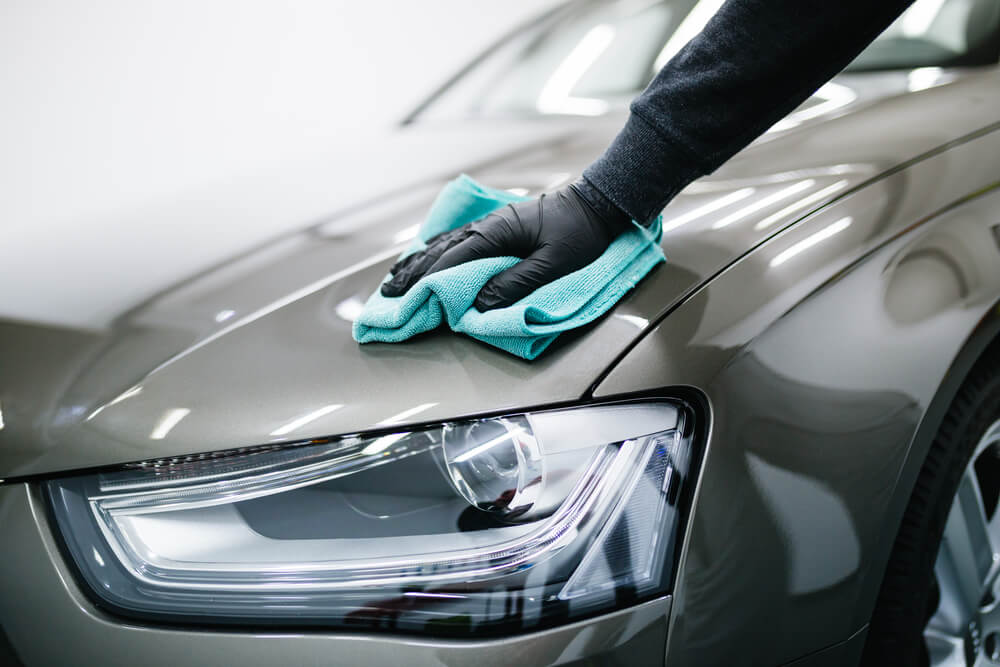
3. Change the Car’s Oil
If you are only going to be absent for a week or two, an oil change may not be necessary, but if it’s going to be stored for a month or more, change the oil. Old oil contains contaminants that when left inside can lead to engine damage.
4. Fill the Gas Tank and Top Off Liquids
Filling your gas tank is important especially if the storage will be for 30 days or longer. A full fuel tank prevents moisture from accumulating inside and will also prevent seals from drying.
Consider adding a gas stabilizer to avoid any buildup of ethanol and prevent rust, varnish, or gum from damaging the engine. A quality fuel stabilizer can prevent gas deterioration for up to a year. Also, fill up all of your car’s fluids including coolant, power steering, brake, and transmission fluid, and check the temperature at which the coolant will freeze.
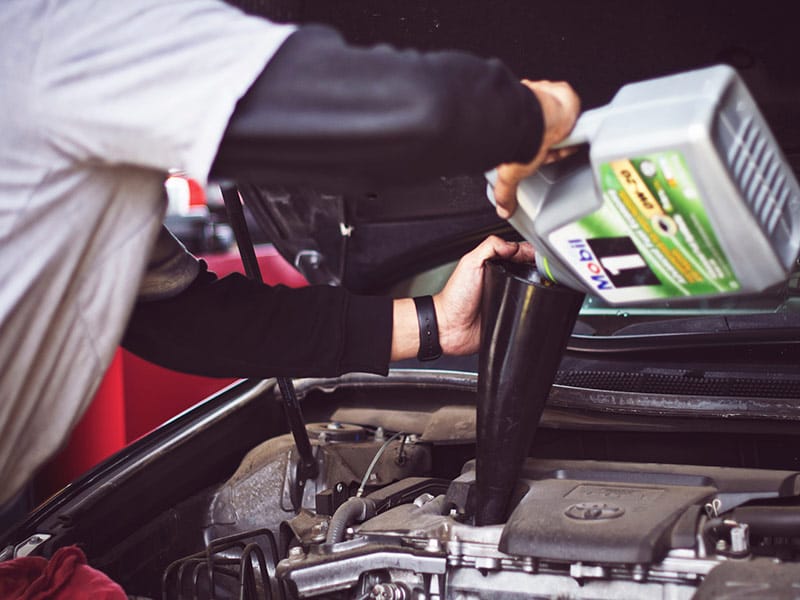
In the case of electric cars, you’ll need to fully charge the vehicle. Before using the electric car again after extended storage, it is advisable to inspect it thoroughly, check the tires' condition and pressure, reconnect the 12-volt battery if disconnected, and charge the main battery to an optimal level before hitting the road.
5. Ask Someone to Start Your Car
If a battery is left unused, it will at some point lose its charge. Having someone turn your car on for approximately fifteen minutes every couple of weeks will keep your battery’s charge functioning and lubricate car components and motor. Air conditioning should be turned on to maintain air quality and all the unit’s parts working.
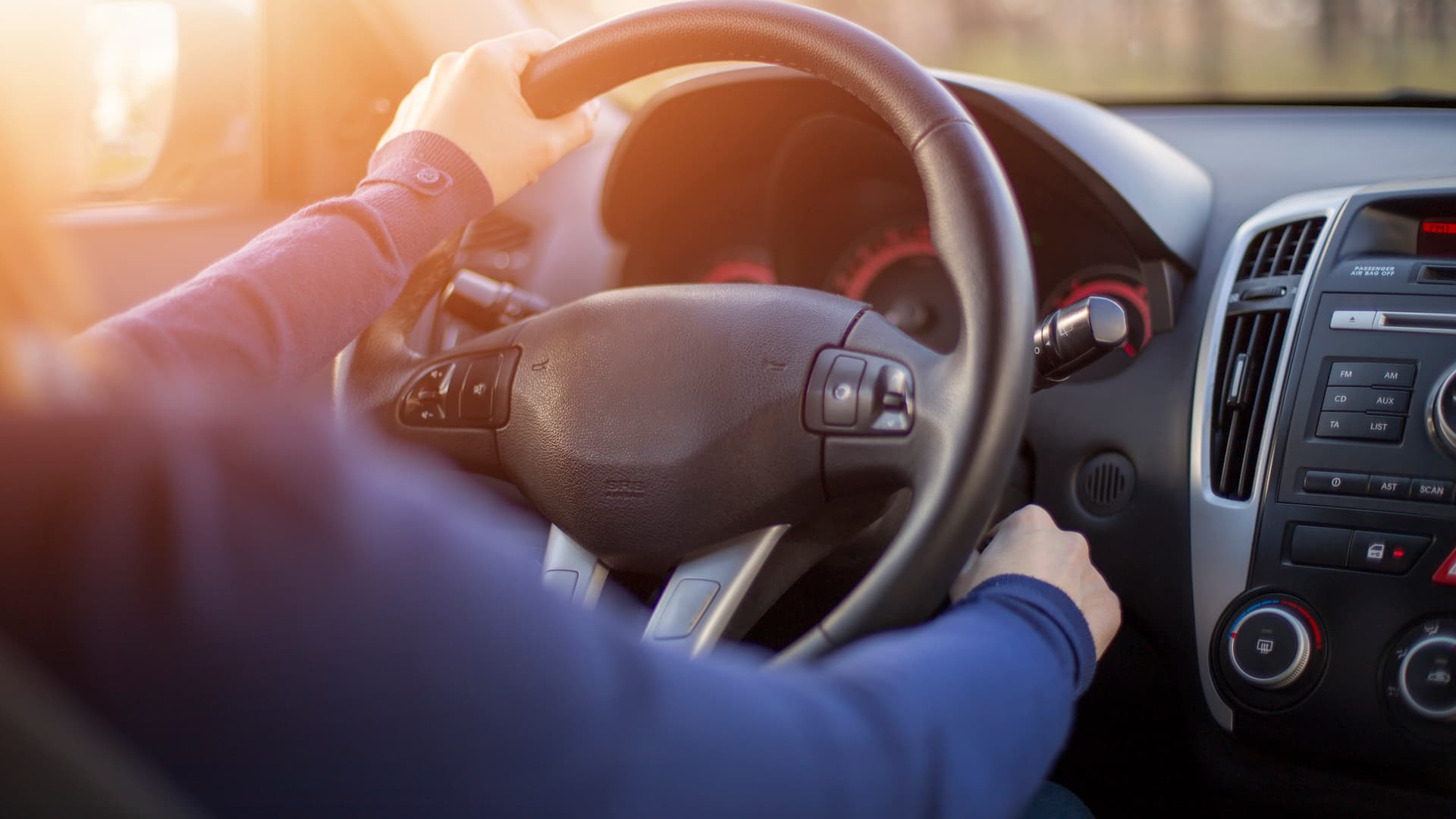
If having someone start the car is not an option, you can get a battery tender or disconnect your car’s battery’s negative cable. If you choose to disconnect the negative battery cable, this can cause you to lose any stereo or clock settings.
The battery tender also referred to as a “trickle charger” is hooked up at one end to the auto’s battery, and to an electric outlet at the other end. A trickle charger will emit just enough energy to stop the car’s battery from discharging while idle.
6. Avoid Engaging the Parking Brake
Parking brakes should not be used during vehicle storage. When brake pads remain in contact with rotors for too long, they can fuse. For storage purposes, use a chock or tire stopper that stops the car from moving at all.
7. Protect Your Tires
Tires should be inflated to the manufacturer’s recommended pressure. When autos are left sitting for long periods, tires can develop flat spots due to the car’s weight pressing on the tires’ grooves. This process accelerates in cold weather. Having someone drive your car occasionally will help the tires get to their optimal operating temperature thus eliminating flat spots. When flat spots develop and remain unattended, they can become severe enough to require tire replacement.
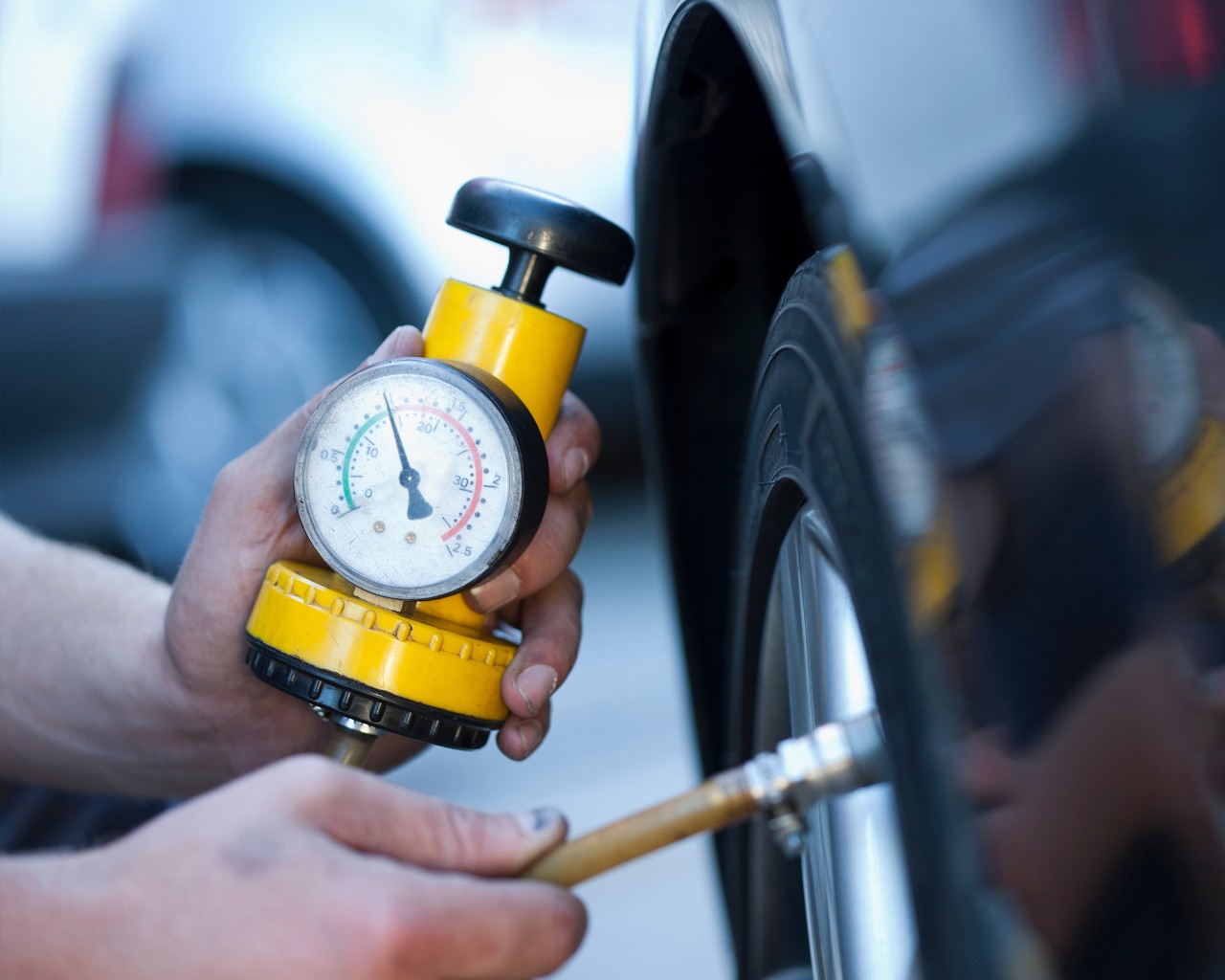
If you know you will be storing the vehicle for more than a month, think about removing the tires and using jack stands to support the car. This requires more effort but will save your tires from bearing the weight of the car for a prolonged period.
8. Keep Animals Away
Garages are at risk for rodent infestations because they offer a warm refuge, notes rodent exterminator John Foster. Cars make great hiding places with lots of things to gnaw on. Examine your garage thoroughly for possible entry spaces, cracks, or crevices. Plug your car’s air intake openings and exhaust pipe with steel wool.
Spread a generous number of mothballs around the vehicle as the smell should keep mice at bay. An alternative is to place rat poisoning or mouse traps around the car’s perimeter however have someone check your garage periodically for dead critters to avoid smell and infections.
9. Lubricate
Doors, hoods, and trunk latches should be lubricated with silicone spray to inhibit rust formation causing them to stick.
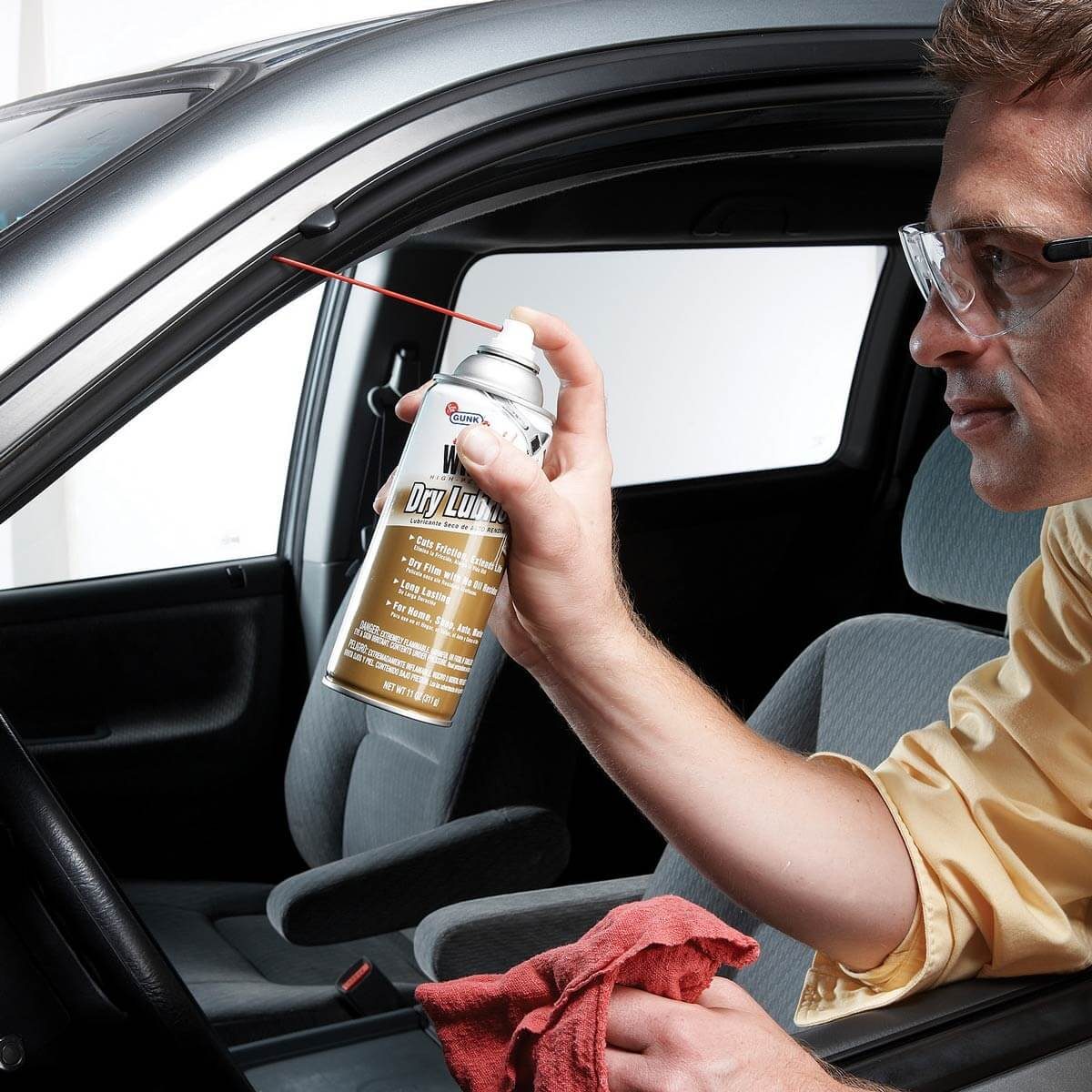
10. Keep Your Insurance Up to Date
Canceling car insurance can cause a coverage gap which will cost you more in the long run.
Keeping your auto protected when not in use will go a long way toward being able to drive it without problems once you remove it from storage.
